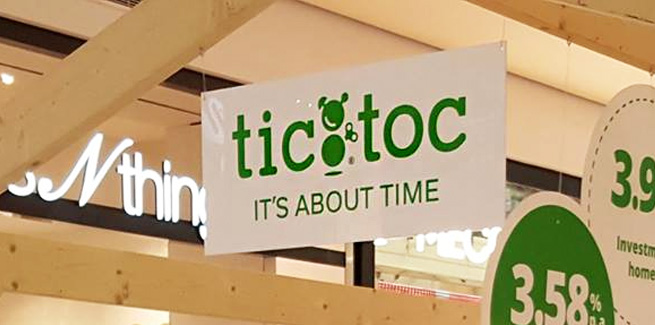Last week, fintech lender Tic:Toc Home loans announced the launch of its inaugural “software as a service” (SaaS) product, XAI Validate, which has reportedly been designed to simplify the home loan application process for lenders and brokers.
According to Tic:Toc, its new service seeks to address pain points associated with compliance relating to responsible lending obligations under the National Credit Act by enabling users to gain a deeper insight into a borrower’s income and expenses in a more timely manner.
The fintech claimed that its customer-facing home-lending businesses, which has already adopted the platform, has experienced an 85 per cent assessment efficiency improvement while also maintaining credit quality, with the fintech revealing that the platform does not have any loans more than 30 days in arrears in its $600-million portfolio.
Speaking to Mortgage Business, Tic:Toc CEO and co-founder Anthony Baum was asked why the fintech has opted to share its processing capabilities with competitors.
In response, Mr Baum said the rollout of its SaaS platform was part of a broader strategy to leverage its customer-facing business to build and develop an enterprise business.
“At the end of the day, what we’re finding is that some of the best fintech companies in the world [discover] a better product, build the technology, use that business to refine that technology and achieve really good customer outcomes,” he said.
“[Fintechs] then realise that it’s very costly to build brands in financial services, it takes time, it’s a highly competitive market.
“The best business model is to take that know-how and make it available to the industry.”
Mr Baum said Tic:Toc is capable of expanding its home-lending business but would instead invest resources into the development of its lending solutions service.
“Our efficiency levels are such that our direct business should reach profitability between now and the end of the first quarter of the next financial year, but the reality is that we’re doing that off our already very aggressive price point,” he continued.
“If we wanted to just build market share in the direct space, we could price well inside where we are now and still make money.
“The reason we don’t do that is we’re not looking to kill the industry, we want to build a good business but we want it to be built on effectively providing the testing ground with which to create and validate those technologies and make them available to the industry.”
He added: “The best [way] to develop those technologies is to be understanding of what they do to the customer, which means you need a direct business for a period at least.”
However, according to Mr Baum, the fintech has no immediate plans to phase out its customer-facing business, which is reportedly experiencing 8-10 per cent growth each month.
“At the moment, we’re very comfortable with the combined strategy of running a direct business and running the enterprise business separately,” he said.
“We do run it as a separate business and effectively the direct business is a customer of the enterprise business.”
Bendigo and Adelaide Bank – which holds a minority stake in the fintech – signed a white-label agreement with Tic:Toc in 2019, becoming the first lender to offer Tic:Toc technology under its own brand.
Mr Baum revealed that Tic:Toc is currently in negotiations with interested parties looking to opt in to the platform, with the fintech to make an announcement “relatively soon” regarding a major reseller agreement with a “large industry player.
[Related: Tic:Toc launches new home-lending service]
 ;
;
